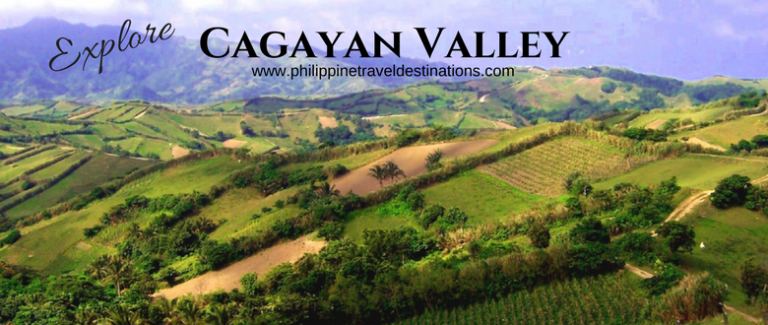Cagayan Valley is dubbed as the biggest region in the Philippines in terms of land area. Majority of the region stretches in the large valley located in northeastern Luzon, pinned right in between the Sierra Madre and Cordillera mountain ranges.
Cagayan River, the Philippines’ longest river runs through the center and flows right out to Luzon Strait situated in Aparri, Cagayan. Batanes and Babuyan groups of islands in the Luzon Strait are categorized into that region.
The major produce in Cagayan Valley comprises of corn, rice (palay), and banana. They contribute to around 65.41 percent of the region’s agricultural products. Cagayan Valley remains to be the top producer of corn in the Philippines secondary to palay production. Chicken and hog production had a share of around 7.0 percent each, respectively.
Provinces and Cities
Cagayan Valley includes five provinces – Cagayan, Batanes, Isabela, Quirino, and Nueva Vizcaya, and four cities –Cauayan City (Industrial Center), Tuguegarao (Regional Center), Santiago City (Premier City), and Iligan City (Investment Hub).
Dialect
Most of the inhabitants in Cagayan are Ilocanos who are migrants from the Ilocos region. So the dominant dialect is Ilocano. However, many other minorities live in Cagayan Valley such as the Itawes, Ibanag, and Malaueg.
Ibanags (or Ybanag or Ibanak) used to be the majority group that occupied Cagayan. They were, in fact, the first people that the Spanish explorers met upon entry to the region and were converted to Christianity by missionaries. This is the reason why the popularity of the Ibanag language went widespread in the valley even before the arrival of the Ilocanos.
Places to go
There’s a lot to see in Cagayan Valley. Don’t miss to visit tourist destinations in Region 2 such as House of Dakay, Lighthouses of Batanes, Mount Iraya and Sabtang Island in the Batanes Group of Island. Keep posted for other travel destinations in Cagayan Valley.
